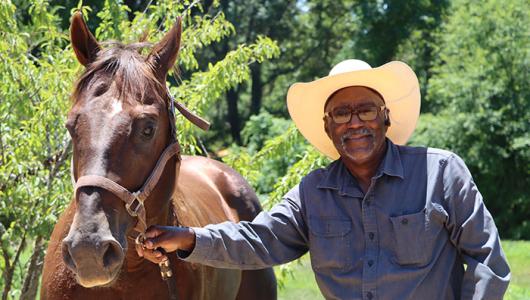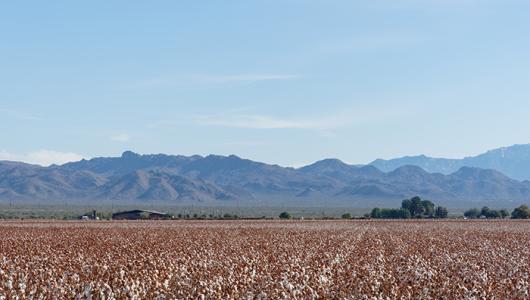This Friday meet the Bradys, a ranching family in Petroleum County, Montana. Brenda Brady and her sister, Laura Nowlin, stand at the helm of an agricultural legacy, steering their family’s ranch into a new era. Through generations of hard work, innovation and partnership, the family has transitioned to a more sustainable operation, passing down their passion for conservation and ensuring success for future generations. Having taken over from their parents, the sisters continue to steward the land.
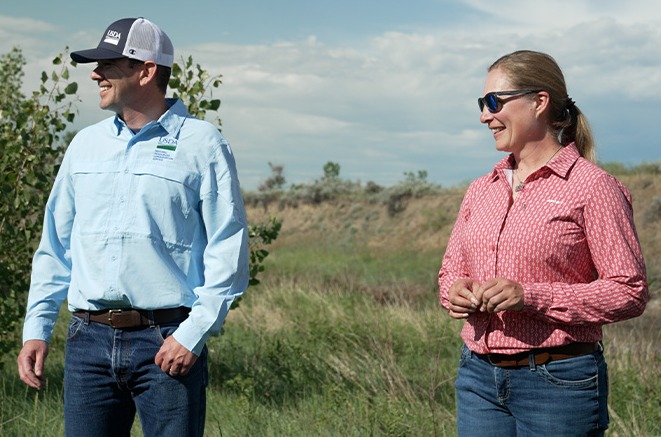
The Bradys began ranching in 1914 when Brenda’s and Laura’s great-great-grandparents homesteaded in the area. After World War II, their grandfather, Earl Brady, bought property in Petroleum County and started what is now the Brady’s ranch along with his wife, Virginia. In 1978, their parents, Jim and Diana, moved home to Winnett after college and bought part of the ranch. Over the years, they have bought additional property and taken over management of Earl’s property.
In 2019, Jim and Diana retired and transitioned the ranch by leasing it to Brenda and Laura. Brenda operates one part of the ranch and Laura and her husband, Levi, operate the neighboring part of the ranch. Both Brenda and the Laura are dedicated to sustaining the family ranch.
“One of my favorite things is the drive home and coming over the hill and seeing my grandparents’ house, which is now my home,” said Brenda. “I really enjoy just being out in the grass and admiring the landscape.”
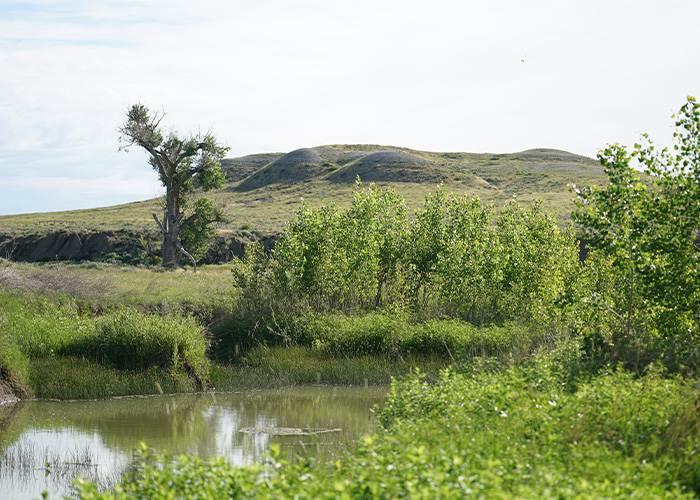
Overcoming Challenges
Ranching is not without its challenges. Extreme weather conditions in Montana test resilience, but the family’s innovative approach to land management has paid off.
“It’s an investment being a rancher,” said Jim. “When you’re in an area where the weather is as extreme as it is here, it can cost you.”
The family’s partnership with USDA’s Natural Resources Conservation Service (NRCS) has been instrumental in overcoming many of these challenges. Jim started working with the agency as far back as 1978 and has since seen NRCS expand its offerings.
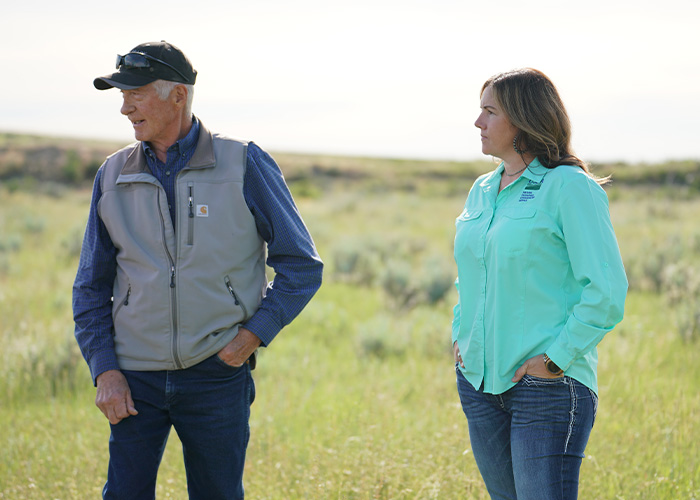
“They’re very helpful and good people who understand what we’re trying to do,” he said.
Originally a combination of farming and ranching, the operation transitioned exclusively to a grass-based grazing operation under the tenure of Jim and Diana. This was influenced by a vision to reduce inputs, improve soil health, increase forage production, and improve wildlife habitat.
Visions for the Ranch
In 2015, the Bradys collaborated with NRCS through the Environmental Quality Incentives Program (EQIP) to convert marginal cropland back to grass and improve grazing infrastructure through fencing and stock water developments. Brenda and Laura completed the conversion back to grassland as they took over. In 2018, Brenda completed more reseeding through an additional EQIP contract.
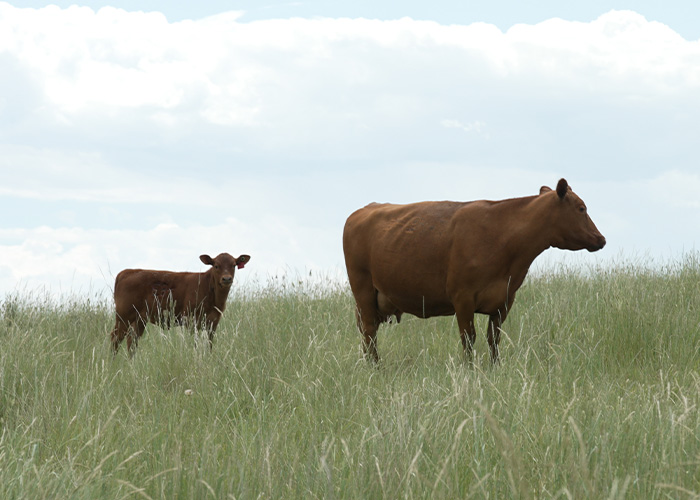
They have worked with numerous partners to add cross fencing and develop more water infrastructure to be able to manage the grazing and use grazing to foster the establishment of the grasses. The Bradys' conversion of cropland to pasture is one of the larger seeding projects undertaken in the area. To complete the project, the Bradys relied on technical assistance from NRCS to develop seed mixes to meet their grazing objectives.
“From 2015 to 2019, close to 4,000 acres were reseeded back to perennial vegetation,” said NRCS District Conservationist Reba Ahlgren. The diverse grass mixes recommended by NRCS have enhanced diversity and provided a stable forage base for their cattle. This not only helps in maintaining the ranch’s goal for livestock production but also supports habitat needs for a suite of wildlife species.
This large-scale seeding had significant impacts on the Bradys' grazing management.
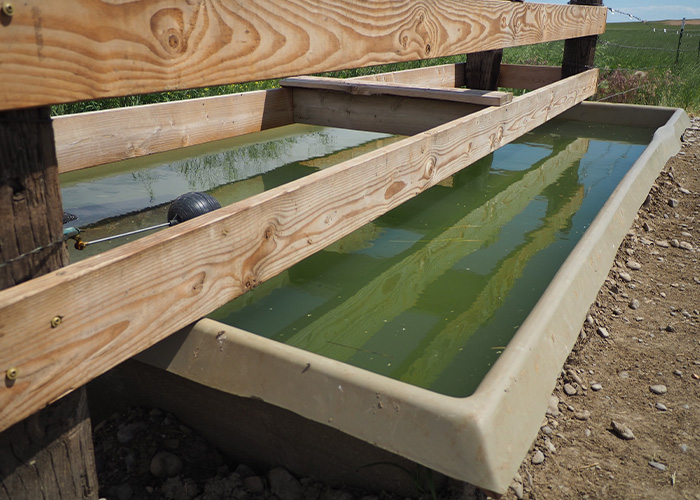
“The seedings were spread out over multiple years,” Reba said. “We typically have a two-year growing season deferment; we strategize timing of the seedings to mitigate financial impacts of the lost grazing opportunity during the period of establishment.”
Looking ahead, the family is committed to continuing the sustainable practices that have revitalized their ranch. The improvements to the land have not only benefited their cattle operation but also supported local wildlife, including sage grouse and other species.
“Certainly, it’s going to help the wildlife,” said Jim. “I want to be a good conservationist and a good rancher. To be able to come and look at this, to me it’s very satisfying. The change in the land is the biggest deal to me. I want us to leave things in better condition than when we found it.”

More Information
Visit local farms, ranches, forests, and resource areas through our Fridays on the Farm stories. Meet farmers, producers, and landowners who are working to improve their operations with USDA programs.
USDA offers a variety of risk management, disaster assistance, loan, and conservation programs to help producers weather ups and downs in the market and recover from natural disasters as well as invest in improvements to their operations. Learn about additional programs.
For more information about USDA programs and services, contact your local USDA service center.
For more information about this story, reach out to Tasha Gibby, public affairs specialist for NRCS in Montana, or read the full story on the NRCS website.

